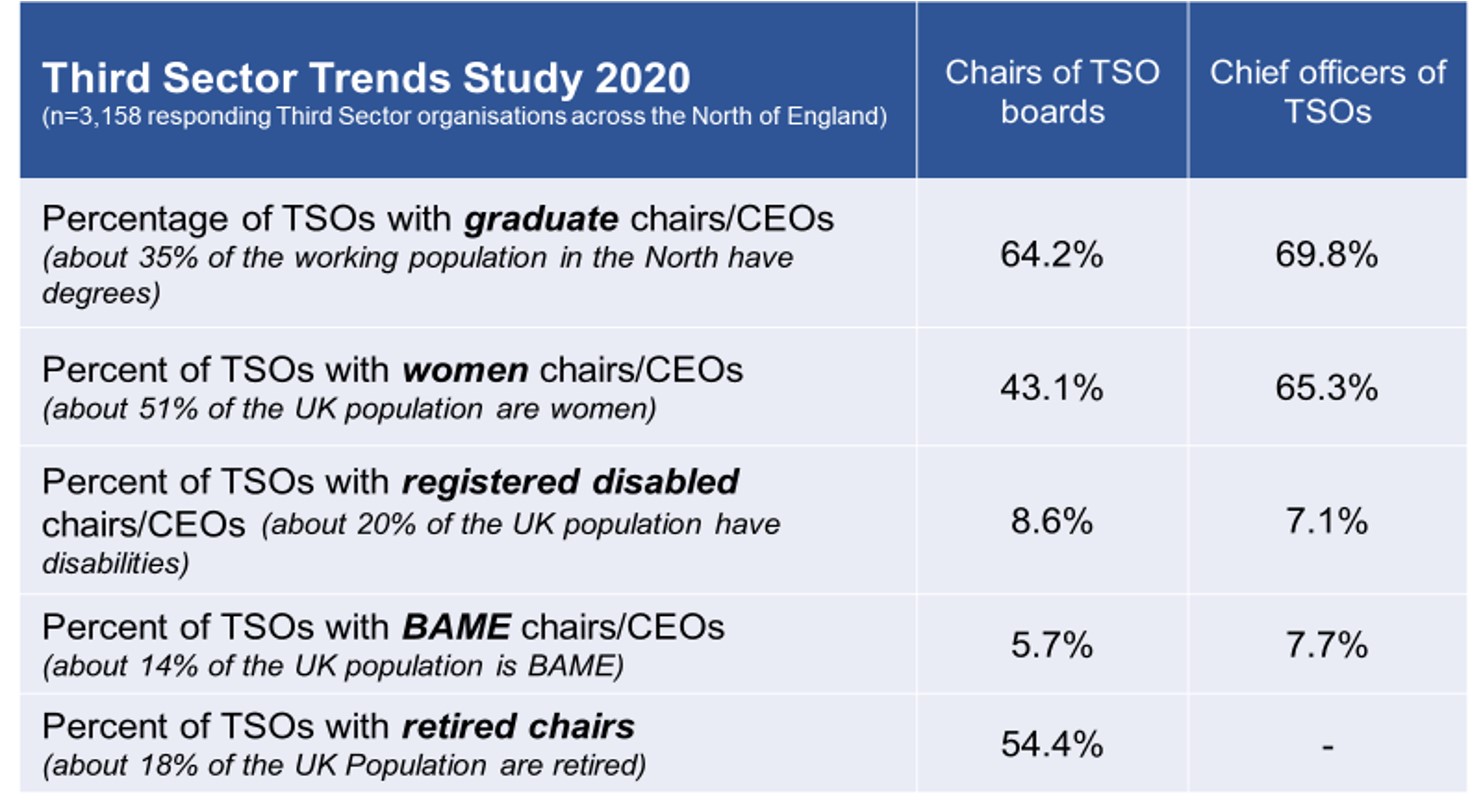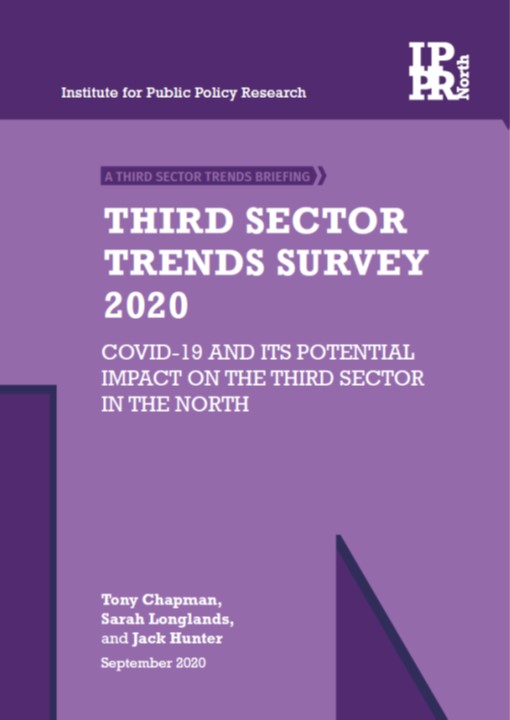
The Law Family Commission on Civil Society has been established to do ground-breaking research to enhance the potential of civil society. Unlike other programmes of research, the Commission aims to explore productive relationships between civil society, the state and the private sector and to find out how to maximise the benefits of current or future interactions.
Professor Tony Chapman of Policy&Practice was commissioned in January 2021 to undertake new analysis of Charity Commission and Third Sector Trends data to find out what kind, how much and where business invests in charities.
The relationship between the corporate social responsibility work of big business and the activities of major charities has already been researched quite extensively. This report does not concern itself with these major charities with annual incomes above £25m. Instead, it focuses on the third sector in more general terms – with a particular focus on small to medium sized organisations which generate the bulk of sector activity – especially at the local level.
Little is known about the volume of financial and non-financial support which business provides to the sector in general and how it is distributed across regions, amongst organisations, or within local areas with particular characteristics. Nothing much is known about the social purposes for which support is given, nor the extent to which this support is valued by third sector organisations.
The aim of this report is to begin to fill some of these gaps in our knowledge by drawing upon data from the Charity Commission register and the long-running Third Sector Trends study. Using these data, the report will offer the first substantive study of business and third sector interactions. It will explore the following issues:
- The types and extent of business support: define what kinds of financial and non-financial support are currently provided and explore the characteristics of third sector organisations that receive support.
- What issues does business support: to find out what issues business supports and determine whether businesses and third sector organisations share the same kinds of priorities.
- The value of business support: reconfigure existing data to produce estimates of the financial contribution of business to third sector organisations and the proxy-values of non-financial support.
- Regional variations in business support: present estimates on the distribution of business support regionally which takes into account variations in affluence and deprivation and the structure of the local third sector.
- The quality of relationships with business: from a third sector perspective examine the extent to which businesses are accessible to organisations and invest time in understanding their work.
- The extent to which organisations feel valued by business: finding out which kinds of third sector organisations are most or least likely to feel that business invests trust and energy in their activities.
- What the future holds for sector relationships: the prospects for the development of productive relationships are considered from a third sector point of view before and after the Covid-19 pandemic began.
The original findings of this research will present a number of challenges to practitioners, commentators and policy makers in the public, private and third sectors that need to be addressed. The most important of which is the potential mis-match between the ethos, purposes and practices of sectors and how that may impede good working relationships.
It is expected that the report will be published in June 2021.


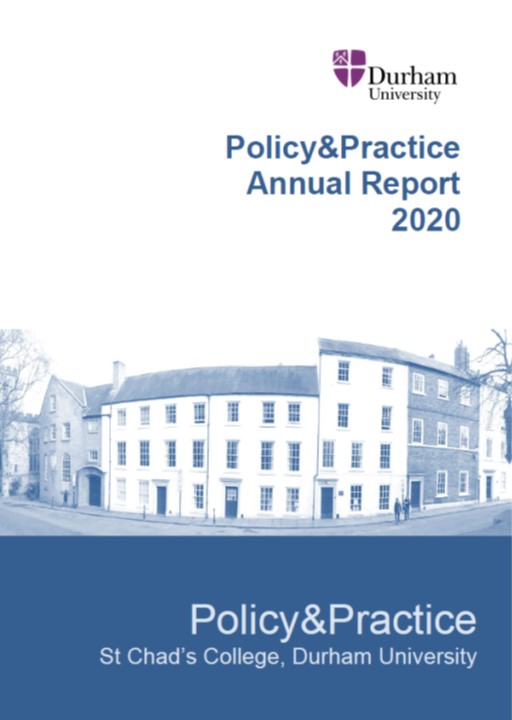
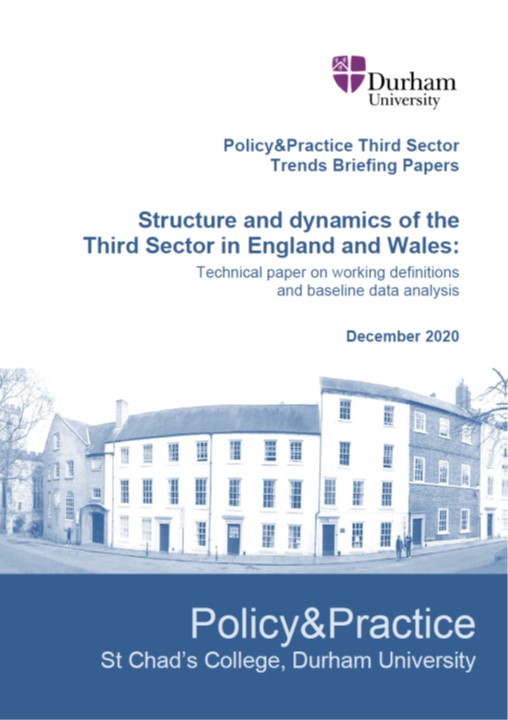
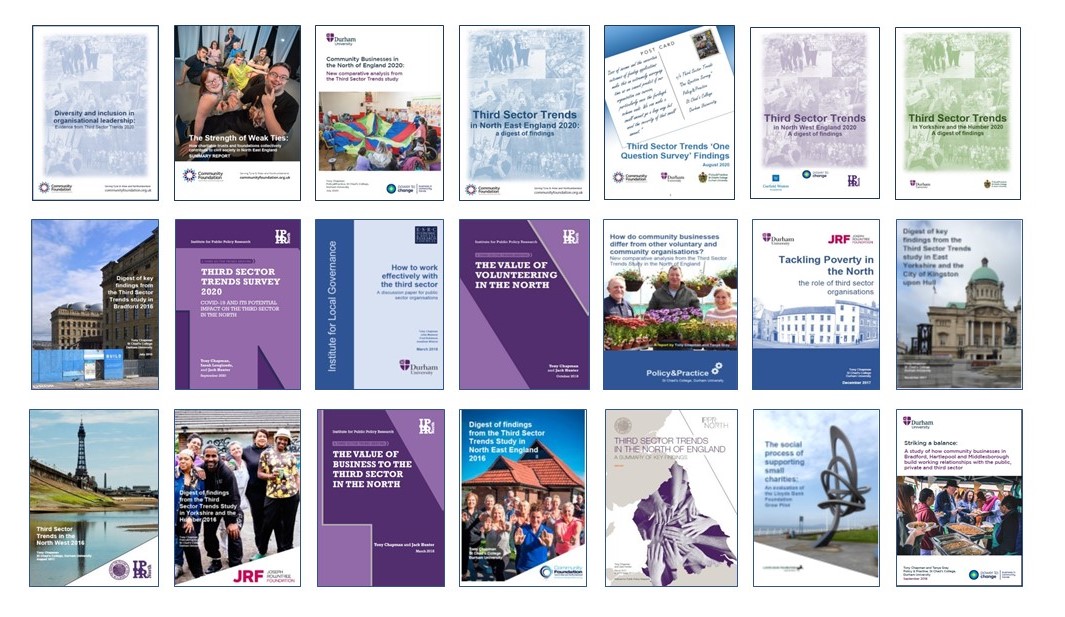 Third Sector Trends is a longitudinal study which was established in 2008. As such it is the longest running research programme of its kind in the UK. The work continued from 2018-2020 thanks to the support of the Community Foundation serving Tyne & Wear and Northumberland, Power to Change and Garfield Weston Foundation and the work is now complete culminating in a series of reports.
Third Sector Trends is a longitudinal study which was established in 2008. As such it is the longest running research programme of its kind in the UK. The work continued from 2018-2020 thanks to the support of the Community Foundation serving Tyne & Wear and Northumberland, Power to Change and Garfield Weston Foundation and the work is now complete culminating in a series of reports.